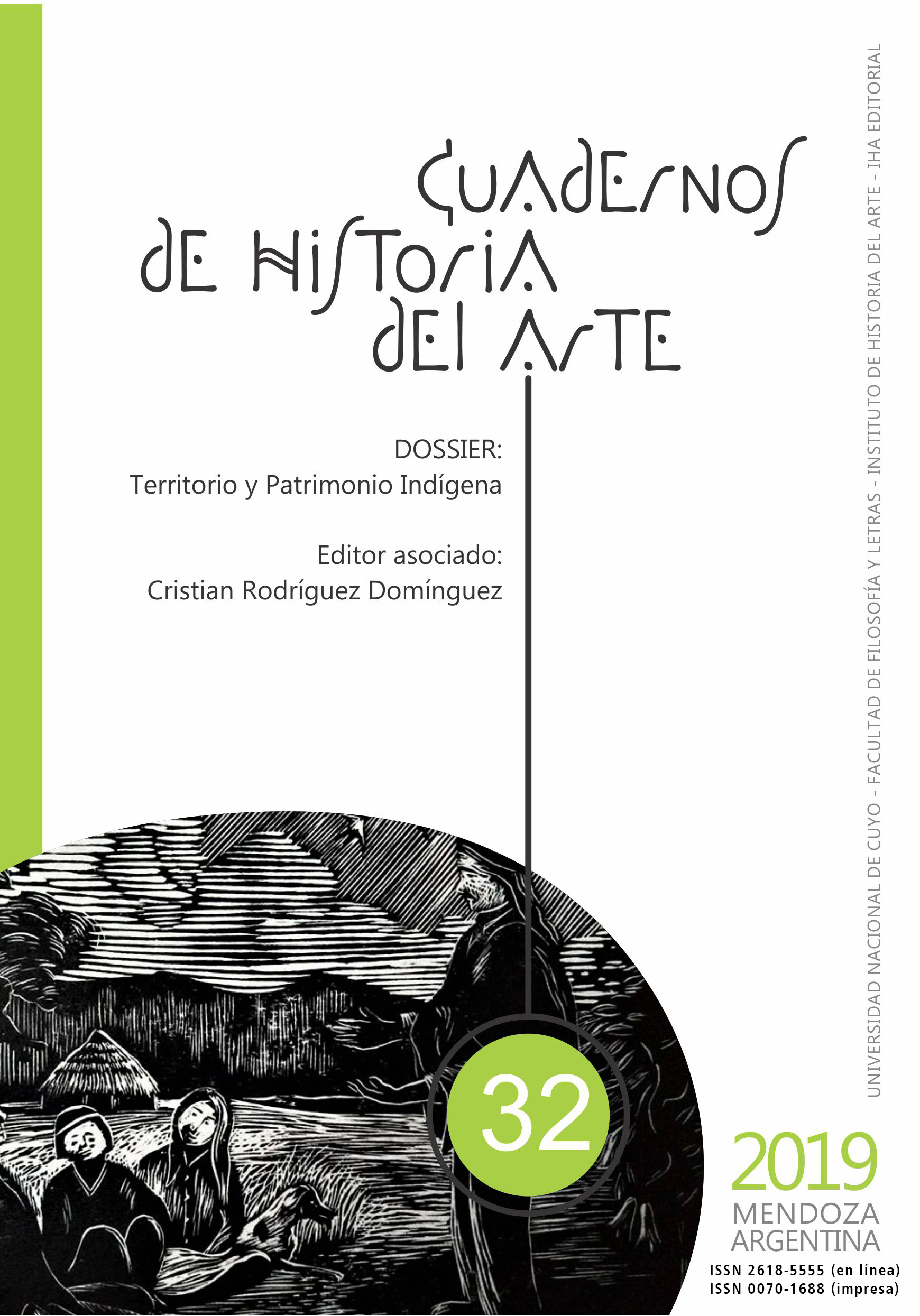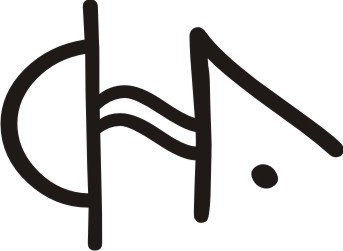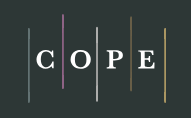La Pintura en el campo expandido
Palabras clave:
Pintura, Campo, Pluralismo, Greimas, HistoriaResumen
El presente ensayo examina las condiciones históricas y lógicas de la existencia de la pintura como un campo expandido. Luego de desarrollar el concepto de pluralismo, se presenta el campo expandido de la pintura mediante el uso del rectángulo de Greimas. Este campo expandido incorpora las nociones de originalidad/reproducibilidad, espacios afines multidimensionales, e historia y cronología. El campo resultante relaciona la pintura con otras manifestaciones artísticas previamente vistas como diferentes o aún opuestas a ella en la sociedad actual y posibilita volver a invertir en el medio las características que ha perdido o dado prestadas desde un tiempo a esta parte. El campo expandido también permite examinar las transformaciones y los movimientos en más de una dimensión al mismo tiempo, los cambios de una forma expresiva a otra, de un objeto a otro, y aún permite la posible adición de otras manifestaciones artísticas relacionadas en este campo con la pintura.
Citas
Arnheim, Rudolf. New Essays on the Psychology of Art. California: University of California Press, 1986.
Augé, Marc. Non-places: Introduction to an Anthropology of Supermodernity. London: Verso, 1995.
Belting, Hans, Andrea Buddensieg, and Peter Weibel. The Global Contemporary and the Rise of New Art Worlds. Germany: ZKM, 2013.
Bryson, Norman. Looking at the Overlooked: Four Essays on Still Life Painting. Cambridge, Mass.: Harvard University Press, 1990.
Candela, Ira, ed. Lucio Fontana. On the Threshold, (New York: The Metropolitan Museum of Art, 2019.
Casid, Jill H., and Aruna D'Souza. Art History in the Wake of the Global Turn. New Haven: Yale UP, 2014.
Crary, Jonathan. Techniques of the Observer. On Vision and Modernity in the Nineteenth Century. Cambridge: MIT Press, 1991.
Danto, Artur C. The Transfiguration of the Commonplace: A Philosophy of Art. Harvard: Harvard University Press, 1983.
Edgerton, Samuel. The Renaissance Rediscovery of Linear Perspective. New York, 1976.
Foster, Hal. "The Problem with Pluralism." En John R. Lane and John Caldwell 1985 Carnegie International, (Pittsburgh: Museum of Art, Carnegie Institute, 1985), pp. 50-57.
Gielen, Pascal, ed. Institutional Attitudes: Instituting Art in a Flat World. Amsterdan: Valiz, 2013.
Hertz, Richard. Theories of Contemporary Art. New Jersey: Prentice Hall, 1993.
Hicks, Alistair. The Global Art Compass. New Directions in 21st-century Art. Farnborough: Thames & Hudson, 2014.
Jameson, Fredric. The Political Unconscious. Narrative as a Socially Symbolic Act. Ithaca: Cornell UP, 1981.
Kelly, Michael. A Hunger for Aesthetics: Enacting the Demands of Art. New York: Columbia UP, 2012.
Koselleck, Reinhart. Futures Past: On the Semantics of Historical Time. Cambridge, MA: MIT, 1985.
Krauss, Rosalind. "Sculpture in the Expanded Field." En Richard Hertz Theories of Contemporary Art, (New Jersey: Prentice Hall, 1993), pp. 215-224.
Kubler, George. The Shape of Time: Remarks on the History of Things. New Haven: Yale UP, 1962.
Lobel, Michael. "Van Gogh’s Contemporaneity." Art in America (May 2014), pp. 116-123.
Morgan, Robert. Duchamp y los artistas contemporáneos posmodernos. Buenos Aires: EUdeBA, 2000.
Moxey, Keith P. F. Visual Time: The Image in History. Durham: Duke UP, 2013.
Plagens, Peter. "Cool Curating." Art in America
(January 2013), pp. 41-44.
Rédei, L. Foundation of Euclidean and Non-Euclidean Geometries According to F. Klein. Oxford: Pergamon Press, 1968.
Rotman, Brian. Becoming Beside Ourselves. The Alphabet, Ghosts, and Distributed Human Being, Durham, Duke University Press, 2008.
Rush, Michael. "New Media Rampant." Art in America
(July 2000): 41- 43.
Sirató, Charles Tamkó. Dimensionist Manifesto. Paris 1936.Retrieved 24 March 2013.
Sontag, Susan. On photography. New York: Farrar, Straus and Giroux, 1977.
Storr, Robert. "An Interview with Ilya Kabakov." Art in America (January 1995), pp. 60-69 y125.
Weschler, Lawrence. True to life: 25 years of conversation with David Hockney. Berkeley: University of California Press, 2008.
Wood, Paul. Western Art and the Wider World. New Jersey: Wiley, 2013.
Descargas
Publicado
Cómo citar
Número
Sección
Licencia
Los artículos enviados al Comité Editor del Instituto de Historia del Arte, para ser publicados, los autores reservan su derecho de propiedad, pero otorgan a la Editorial los derechos de impresión y aceptan la difusión tanto en papel, como en internet y en aquellos sitios virtuales de las cuales los CHA formen parte.

Esta obra está bajo una Licencia Creative Commons Atribución-NoComercial-CompartirIgual 3.0 No portada


















_00.07_.55_2.png)





